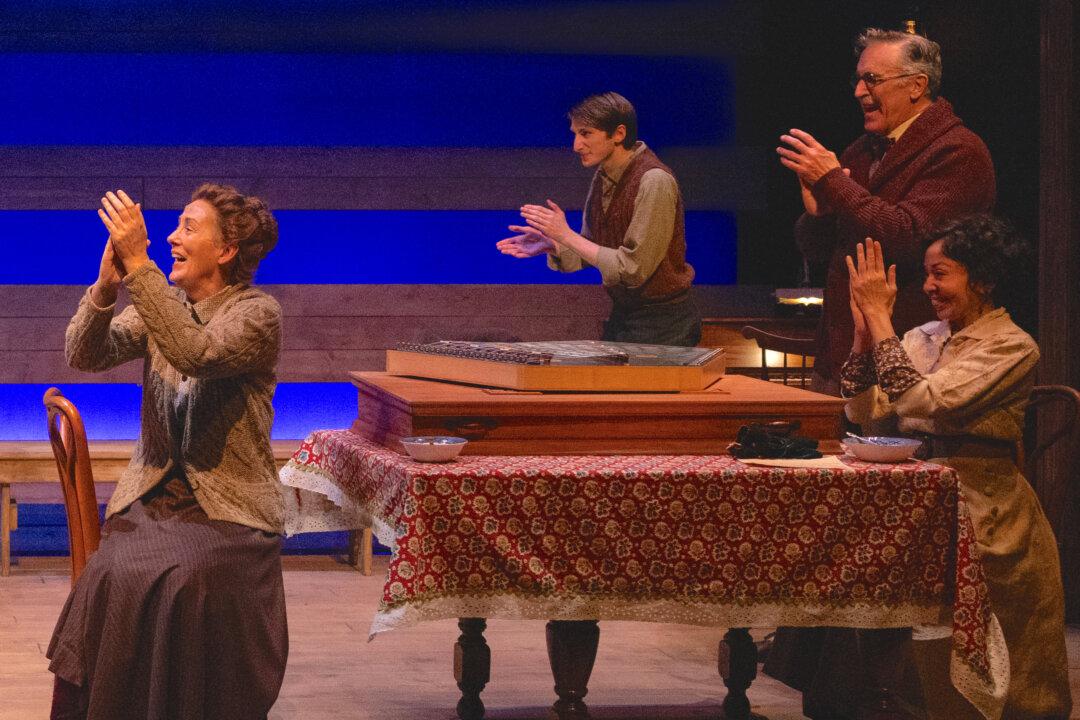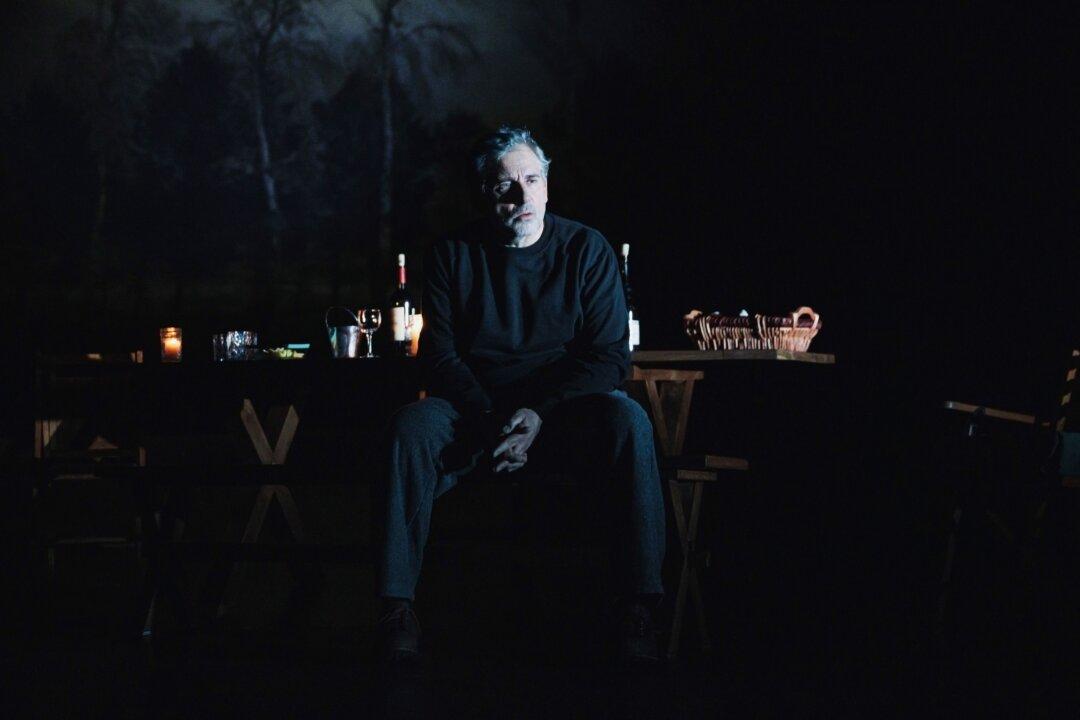A haunting and evocative experience awaits viewers of “The Aran Islands: A Performance on Screen,” made possible by New York’s Irish Repertory Theatre, which first presented a stage version of the work in association with Co-Motion Media in 2017.
The Aran Islands, off the coast of Galway, Ireland, had been remote and mysterious back in the late 1890s when the great Irish poet and playwright John Millington Synge decided to visit them, at the suggestion of his friend, that other great poet and playwright W.B. Yeats.





